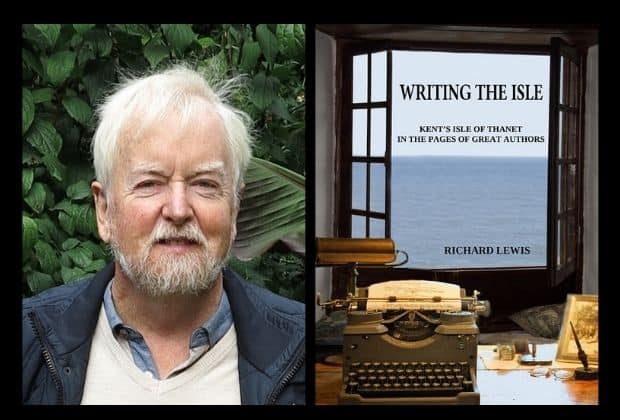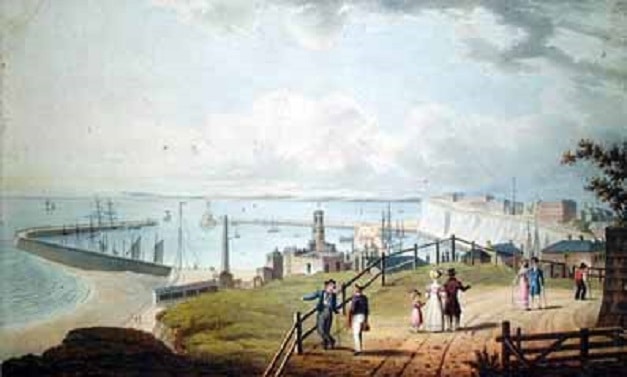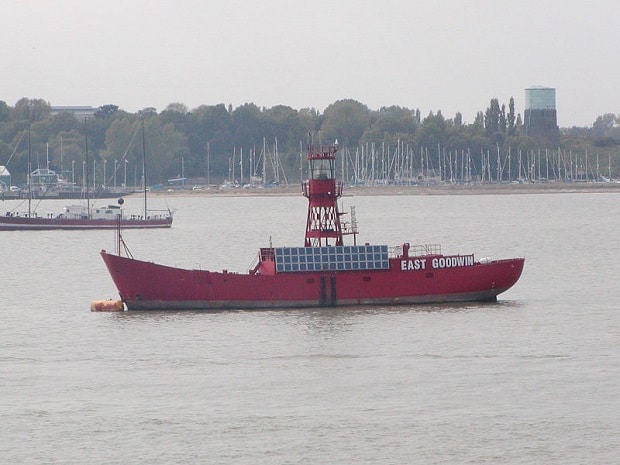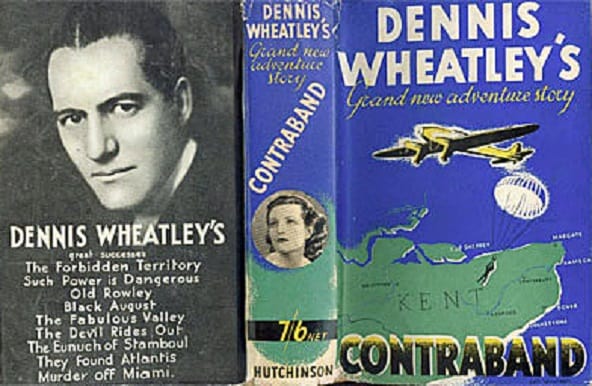
A new Thanet-related book has just been released by Broadstairs author Richard Lewis.
Taking a new angle on the story of locally associated writers, as told in his previous book Creative Coast, his new book illustrates how the Isle of Thanet has been depicted in the work of a great variety of authors over the years.
In Writing The Isle, extracts reproduced directly from the originals, with explanatory commentary and many illustrations, show exactly how the area has figured in works of fiction, poems and travel writing, from the 18th to the 21st century.

Starting off with Daniel Defoe’s view on Thanet, we move on to Jane Austen’s inclusion of Ramsgate in Pride and Prejudice and Mansfield Park, and then we meet Charles Lamb on his happy way to Margate in his The Old Margate Hoy.

The Rev Richard Barham, writing under the pseudonym of Thomas Ingoldsby, gives us some dramatic legends in poetry set in Margate and Minster and we continue on to Samuel Taylor Coleridge, who couldn’t resist bringing elements of Ramsgate into his poetry. Charles Dickens, of course, is there, as is his friend Wilkie Collins, who located episodes in Ramsgate in a number of his later novels.

The Scottish adventure story-teller, R M Ballantyne, gives us drama at sea off Ramsgate in his The Floating Light of the Goodwin Sands. We have intrigue set in Acol in Baroness Orczy’s The Nest of the Sparrowhawk, and needless to say full justice is given to John Buchan’s great spy story, The Thirty-Nine Steps, whose finale is set in ‘Bradgate’, Buchan’s name for Broadstairs.
Comedy appears with George and Wheedon Grossmith’s The Diary of a Nobody, and again with Frank Richards’ Billy Bunter, in the story Billy Bunter’s Double, where Bunter is caught bunking off from Greyfriars on the beach at Pegg Bay, a thinly disguised version of Ramsgate.

We are quickly back into thriller territory again with Dennis Wheatley, who used Quex House in Birchington as the HQ of the ‘baddies’ in Contraband. This is followed up by Ian Fleming’s Goldfinger, with James Bond charging through our corner of Kent.

Light relief and nostalgia comes with John Betjeman’s poem Margate 40, and Paul Theroux takes us into the 1980s with his take on Margate and Broadstairs in The Kingdom by the Sea. Finally, an Afterword gives commentary on the growing number of 21st century writers who have moved Thanet from incidental background to centre stage in their novels.
Editor of Isle Magazine, Kiki Case, writes: “The Isle of Thanet has inspired more than its fair share of writers over the years. This fascinating new book illustrates the many ways Thanet has been depicted in literature from the 1600s right up to the present day, with extracts from books and poems by some of our greatest authors. What a treat to read!”
Geoff Orton, of Margate Civic Society, added: “This new, assiduously researched book will intrigue and delight readers, just as this little corner of the kingdom never fails to delight those who venture to it.”
WRITING THE ISLE is available locally at £14.99 from Number Three, York Street, Broadstairs (former Post Office), Waterstones -Westwood Cross and Waterstones- Canterbury, Margate Bookshop, Margate Visitor Information Centre and online from Waterstones.com
Find more at: www.richardlewisbooks.co.uk

